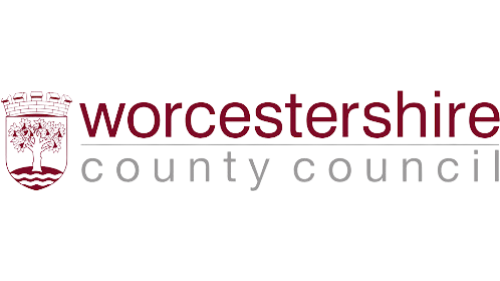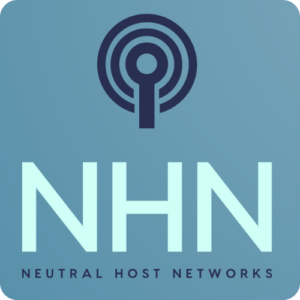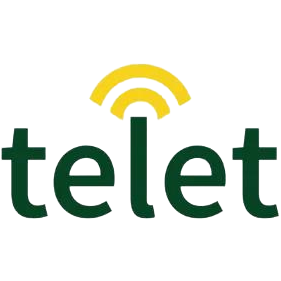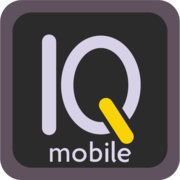In a 5G OpenRAN network, a Remote Radio Unit (RRU) is the piece of equipment you will see mounted on lamp posts, buildings and chimneys in the ONE Word project. At one end it is connected to the antennas on a mast and at the other end there is an ethernet cable or fibre optic cable carrying data to the network.
The primary function of an RRU is to transmit and receive radio signals. It processes data into radio signals for transmission to user devices and receives signals from user devices, handsets or 5G routers, for processing by the network. An essential part of the work is Signal Processing: RRUs handle signal processing tasks such as modulation, demodulation, encoding, and decoding. This includes converting digital data into analogue signals for transmission over the air and vice versa. For the high speeds used in the ONE Word project maintain an even power level across the wide bandwidth is a challenge. This is handled by predistortion of the signal before it is amplified. The RRU will optimise signal transmission by focusing energy in specific directions and increasing spectral efficiency.
The ONE Word project is designed to demonstrate the benefits of using small cells in high density urban environments. To be efficient here the RRU has to help mitigate interference in the radio environment. This includes techniques like interference cancellation, power control, and dynamic frequency selection to ensure reliable communication. A cellular network uses hand-off so that the same frequencies can be reused in a comparatively small area. The ONE Word project is unusual in that rather than have neighbouring cells on different frequencies they use the same frequency and are differentiated by timing and the spreading codes. To do this the RRUs synchronize with other network elements to maintain network-wide timing and coordination. This is crucial for efficient resource allocation and handover between cells.
In an OpenRAN architecture, RRUs communicate with the Baseband Unit (BBU) over standardized interfaces such as Open Front Haul (OFH). This allows interoperability between different vendors’ equipment and facilitates network management. The RRUs are integrated into the overall network management system, allowing operators to monitor, configure, and manage them remotely. This includes monitoring performance metrics, configuring parameters, and troubleshooting issues.
Overall, RRUs play a crucial role in the delivery of 5G services in OpenRAN networks, enabling high-speed data transmission, improved coverage, and efficient resource utilization.
In a 5G Open Radio Access Network (Open RAN), “Option 7.2” refers to a specific functional split within the RAN architecture. This option is part of a broader framework of standardized splits that determine how data and signal processing tasks are distributed between various elements of the network.















